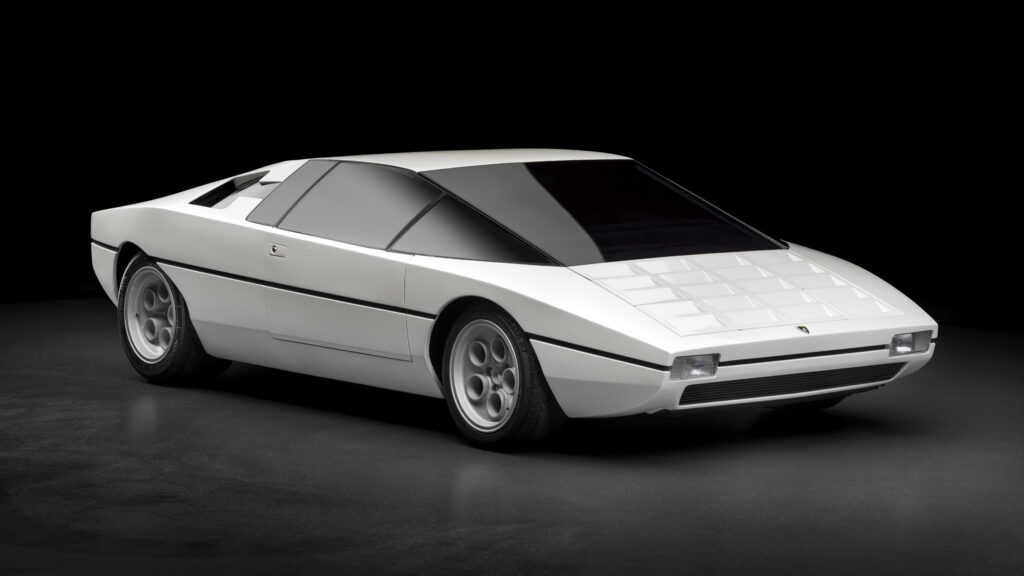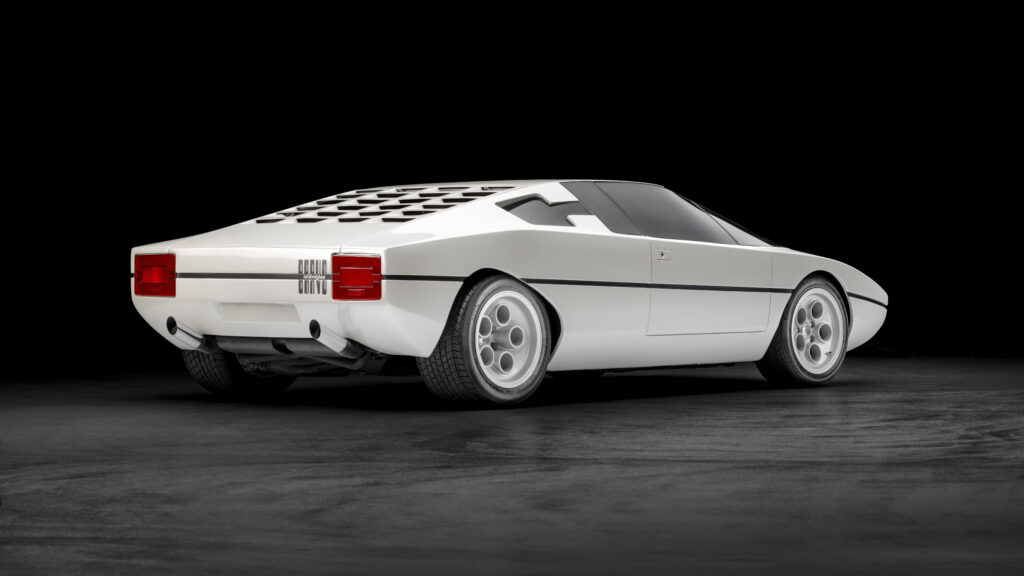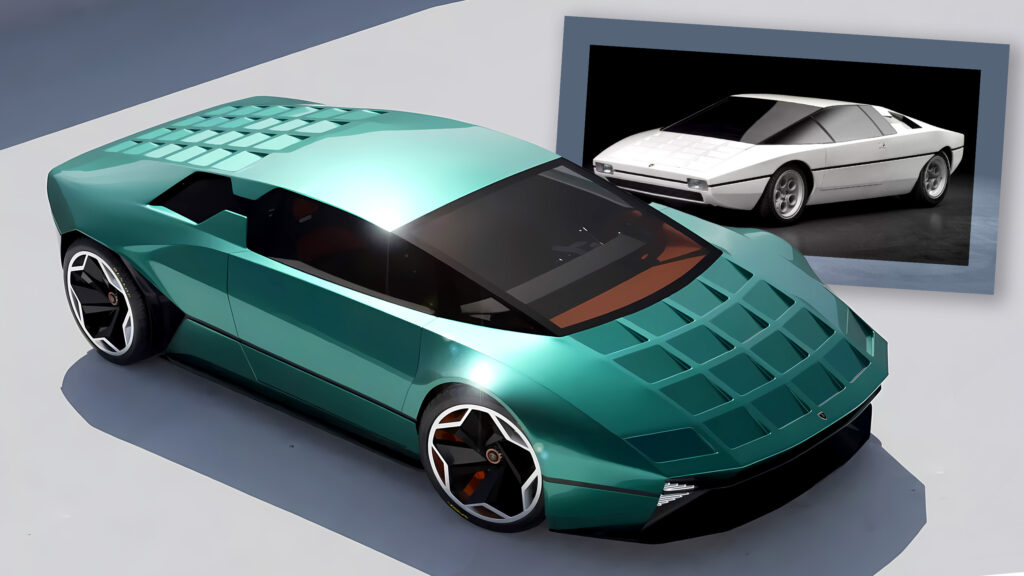- Independent designer Marco Maltese created a homage to Marcello Gandini.
- The digital concept is inspired by the 1974 Lamborghini Bravo concept.
- It was designed on Aventador underpinnings, with nostalgic styling cues.
Lamborghini may be barreling full-throttle into its electrified future with models like the triple-motor Temerario and the Revuelto, but independent designer Marco Maltese has hit the brakes to look backward. In a moment of digital nostalgia, Maltese has reimagined the Lamborghini Bravo—a forgotten concept that was as sharp as Gandini’s pencil and as radical as the 1970s it emerged from.
The original Lamborghini Bravo was introduced at the 1974 Turin Auto Show, but never made it beyond the spotlight of the concept stage. A true wedge-shaped showpiece, it was the brainchild of the late, great Marcello Gandini, who was then penning masterpieces for fabled Italian design house Bertone.
More: Lamborghini Temerario Is A 907 HP Triple-Motor PHEV That Vibrates To Get You Excited
Beneath its angular silhouette sat the bones of the Lamborghini Urraco, including a 3.0-liter V8 engine capable of 300 hp (224 kW / 305 PS). It may not have gone into production, but the Bravo etched itself into Lamborghini folklore, an avant-garde vision of what could have been, but never was.
From Wedge to Wings
Illustrations: Maltese Design
Fast forward nearly half a century, and Maltese’s digital reincarnation of the Bravo feels like a modern love letter to Gandini’s legacy. While its silhouette echoes the proportions of Lamborghini’s Temerario, Maltese envisions it as a model that could ride on the Aventador’s carbon-fiber monocoque chassis with shortened overhangs. This would allow it to feature the Aventador’s 6.5-liter V12, which was the last of its kind before Lamborghini adopted electrification.
Much like the original Bravo, the digital concept features multiple vents on the hood and rear deck, which was the signature design trait of the original. Key design elements are carried over, including the dramatic side intakes and a black beltline that visually slices through the bodywork. And those angular rear arches? They’re back, aggressive as ever, underscoring the car’s low-slung, predatory stance.
The retro-modern dialogue doesn’t stop there. One standout feature is the retractable headlights, a clever nod to the pop-up units of yesteryear, now updated to comply with modern safety regulations. At the rear, triangular exhaust pipes sit beneath an adaptive wing, while slim LED taillights add a futuristic glow to the otherwise nostalgic package.
Retro Interior Details, Modern Flair
Inside, the concept channels the 1970s without slipping into kitsch. Fixed seats wrapped in vintage materials meet a minimalist dashboard, which features a full-width display for instrumentation. There’s also a floating, tablet-like infotainment system, complemented by a few tactically placed buttons on the steering wheel. No overwhelming clusters of switches here.
While Maltese’s digital creation is destined to remain just that—a design study—we can’t help but wonder: why wouldn’t Lamborghini greenlight a small run of these? After all, the brand has a knack for producing limited-edition tributes, and something like this seems to strike the right balance between nostalgia and forward-thinking design.
Marcello Gandini, who sadly passed away in March 2024, leaves behind a legacy that’s almost impossible to overstate. The Bravo may not have been one of his most famous works, but its DNA connects directly to some of his most iconic creations, including the Alfa Romeo Carabo, the Lancia Stratos Zero, and, of course, the Lamborghini Miura and Countach.
Note: This article features independent illustrations that are not endorsed by Lamborghini.






































